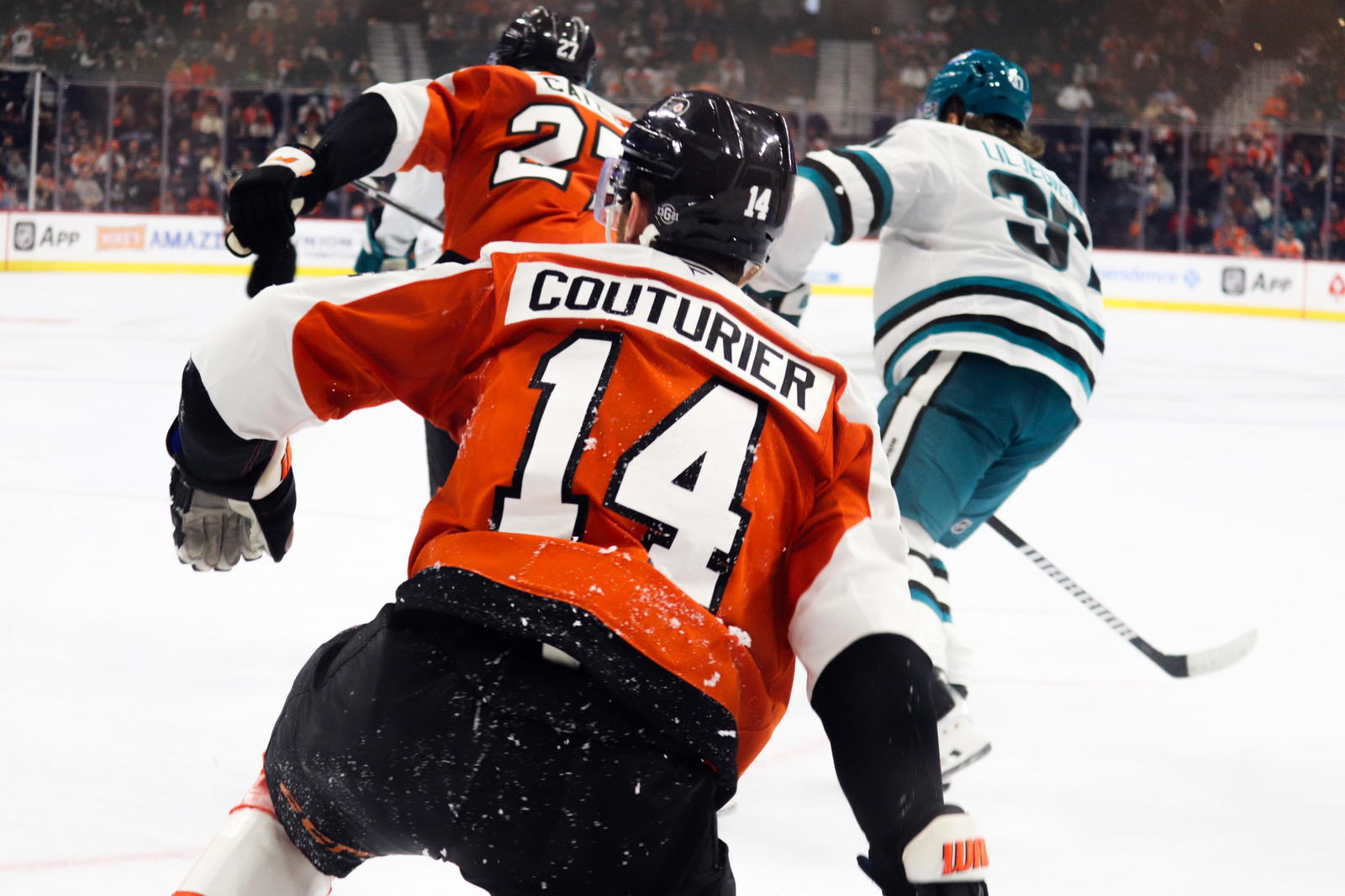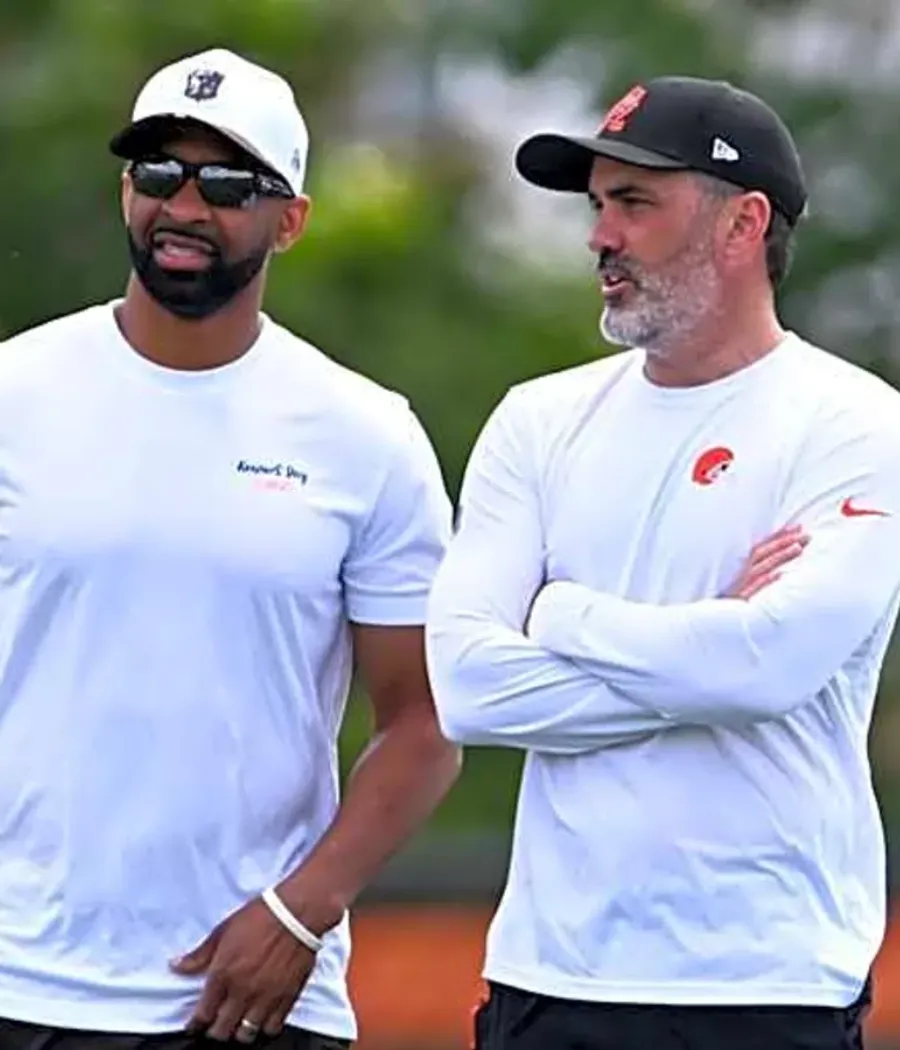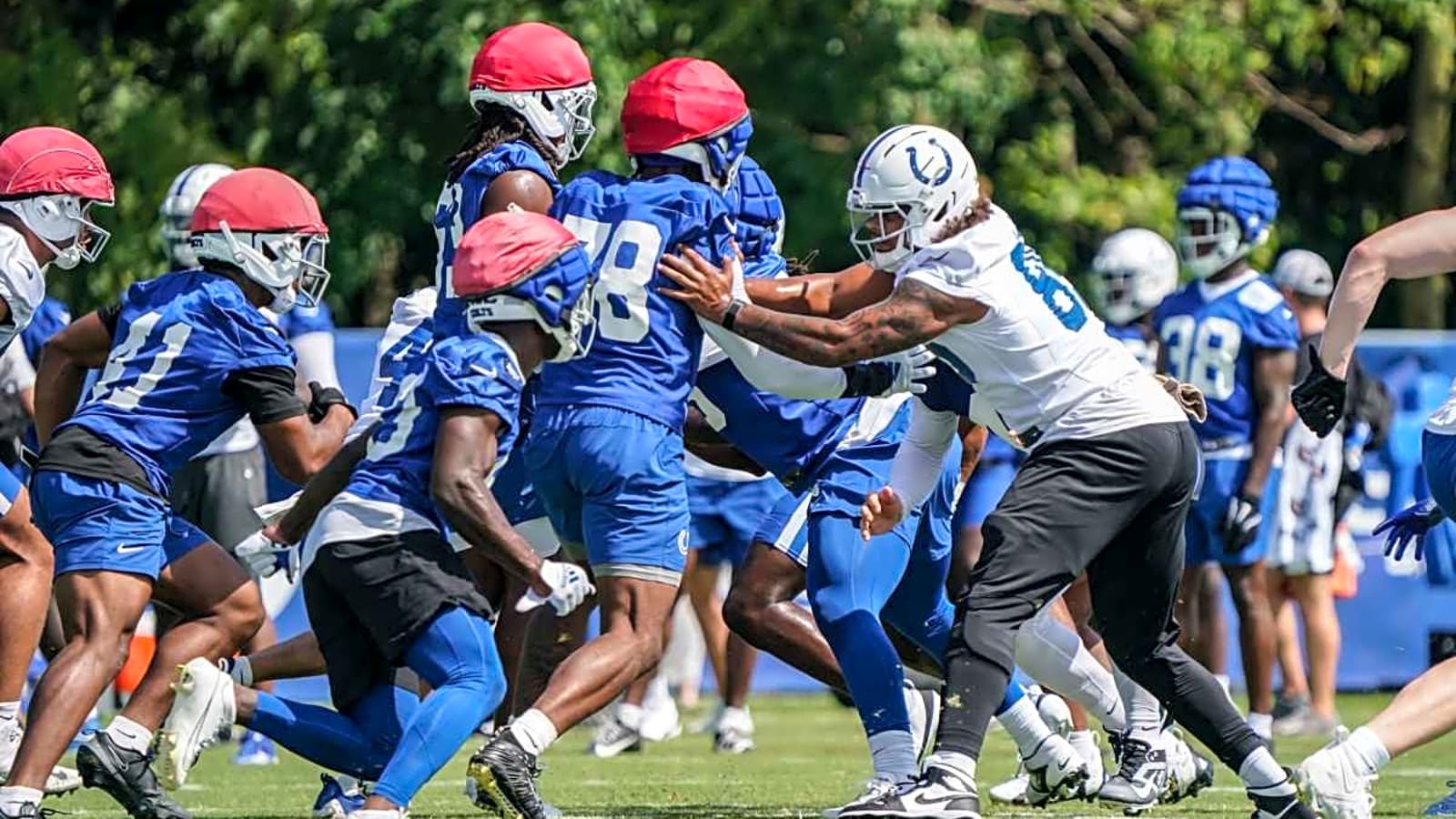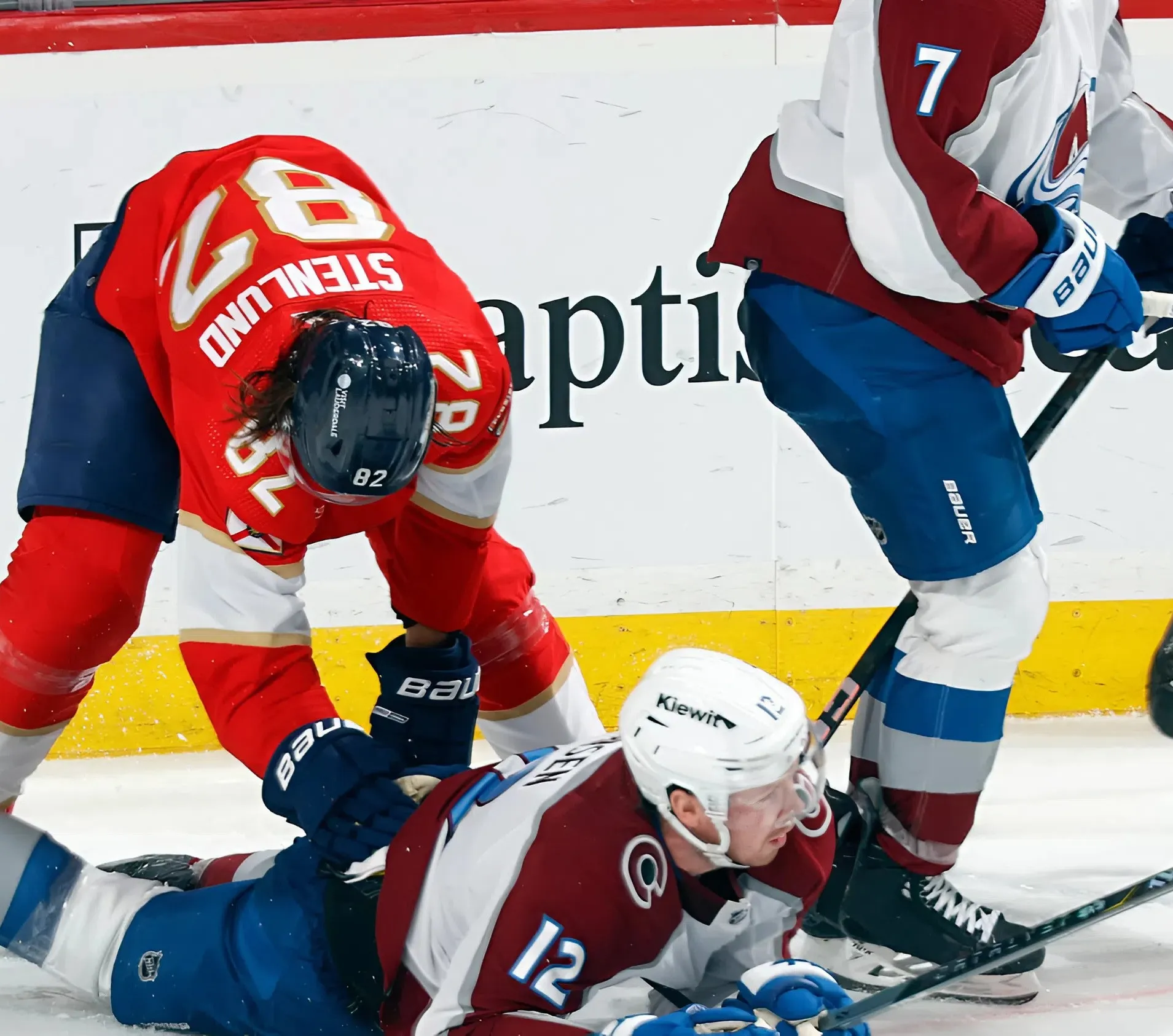
For more than a decade, Sean Couturier has been the quiet heartbeat of the Philadelphia Flyers.
He’s not the loudest voice in the room. He’s not the most animated on the ice. But for years — through playoff pushes, injury-riddled seasons, and the emotional whiplash of organizational resets — he’s been the steadying hand that never wavered. Drafted eighth overall in 2011, Couturier grew from a responsible shutdown center into one of the NHL’s most complete two-way players, the kind of talent coaches build game plans around.
And when the Flyers handed him the captaincy, it wasn’t because he campaigned for it. It was because he already was the captain — in how he carried himself, how he worked, and how he made everyone else better.
But leadership succession is as inevitable as line changes. Couturier won’t wear the “C” forever, and whether it’s years from now or sooner than we’d like, the Flyers will eventually need someone else to carry that weight. The question isn’t just who that will be, but how the Flyers will prepare for it.
Because grooming a captain isn’t about giving a letter to the most talented guy in the room. It’s about building a bridge from one era of leadership to the next without losing the identity that’s been so painstakingly rebuilt.
The Couturier Blueprint
One of the biggest challenges in replacing Couturier is that he’s a different kind of captain than most. He’s not Claude Giroux’s fiery competitor or Chris Pronger’s commanding general. He’s a stabilizer. His leadership comes in consistency: playing the hard minutes against top opposition, staying even-keeled through slumps, and leading by a kind of quiet gravity that pulls teammates into his orbit.
That style works when your room is young and searching for direction, as the Flyers have been. But it also means the next captain might not be a Couturier clone—and maybe shouldn’t be.
The NHL has shifted toward captains who are not just culture-setters but also connectors: players who can bridge generations in the locker room, who can be the voice on the ice and the face in front of the microphones, who can handle the spotlight and the heat without burning out.
Luckily for Philadelphia, the seeds of that next era are already being planted.
1. Travis Konecny – The Emotional Sparkplug Who Grew Up
If you told Flyers fans in 2019 that Konecny could one day be captain, they might not have believed you. TK was the lovable chaos merchant—skilled, relentless, and never shy about dropping a perfectly-timed chirp—and while he was undoubtedly one of the most skilled players on the Flyers, he was still a bit too young to consider for a captaincy.
Fast forward to today, and that’s changed.
Konecny has maintained his fire, but he’s learned how to channel it. He’s become one of the team’s most dependable scorers, plays with a noticeable edge every night, and has developed a reputation for setting the tone in big moments. More importantly, he’s grown into a player teammates look to when things get messy.
Captains don’t have to be polished at 24/7 media diplomacy—some of the best ones in NHL history weren’t—but they do need to represent the competitive identity of the team. In many ways, Konecny is the Flyers: fast, aggressive, fearless, and maybe a little annoying to play against.
He’s still got years of prime ahead of him, and he’s already showing he can be a vocal, accountable leader. If the Flyers want a captain who will drag them into every battle, Konecny’s the guy.
2. Travis Sanheim – The Steady, Trusted Veteran
Sanheim’s leadership style isn’t flashy, but it’s hard to overstate his value. He logs huge minutes in all situations, plays the toughest matchups without complaint, and has weathered multiple seasons of change with professionalism.
He’s also one of the longest-tenured Flyers, meaning he’s lived through the hard lessons of the rebuild and knows what it takes to grind through adversity. Sanheim isn’t going to give a booming locker room speech every night, but his calm, reliable presence makes him a player the younger core can lean on. For a team aiming to blend competitiveness with stability, that’s captaincy material.
3. Nick Seeler – The Relentless Workhorse
On paper, Seeler might not look like your prototypical captain—he’s not a top-line forward or a 25-minute-a-night defenseman. But in terms of leadership, he’s one of the team’s most respected voices.
Seeler’s path to an NHL mainstay has been anything but smooth, and that resilience commands respect in the locker room. He plays every shift like it’s his last, blocks shots without hesitation, and never backs down from physical battles. That willingness to do the dirty work sets the standard for the Flyers’ identity under John Tortorella.
While Seeler might be more of a dark horse for the “C,” his leadership qualities are undeniable — and he’s exactly the kind of player who could serve as a culture carrier in the post-Couturier era.
Passing the Torch
Sean Couturier’s tenure as captain may still have years left, but leadership succession is already in motion. Konecny brings the competitive fire, Sanheim offers the steady hand, and Seeler represents the selfless grit that defines this roster.
When the time comes, the Flyers’ challenge will be to choose someone who can honor Couturier’s legacy while putting their own stamp on the job — someone who can lead them into the next phase of their climb back to contention.
Couturier doesn’t need replacing yet. But every practice, every road trip, every locker room conversation is part of the grooming process. And if the growing maturity of this group is anything to go by, the Flyers are already cultivating the qualities they’ll need when that day comes.
The End of One Era, the Start of Another
Sean Couturier has given the Flyers more than a decade of elite, selfless hockey. He’s worn the “C” without ego, without theatrics, and with a quiet pride that’s felt throughout the organization.
Whenever his time as captain ends, the Flyers’ challenge won’t just be to replace him — it will be to honor the standard he set while embracing a leader who can take them into their next chapter.



